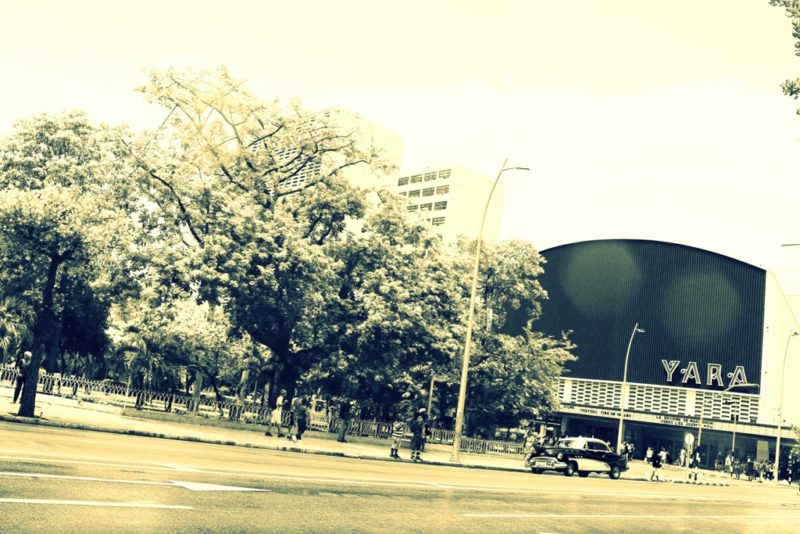Direct photography, aberrant shots, perspective, and rhythm

Photo Essay by Ernesto Gonzalez Díaz
HAVANA TIMES – Without intending to give a dissertation on photography or theorize on matters for which I am not qualified, I want to show a group of images and give a brief explanation of some characteristics and compositional elements that can be seen in them.
Virtually all photography that has a documentary or journalistic nature must be a direct photograph. This is a term that began to be used at the beginning of the 20th century, when a group of progressive photographers decided to take photos that they did not emulate with other mediums such as painting.
In the so-called direct photography, the photographer cannot control the scene, they cannot decide what is in their frame and what is not, nor can they control the lighting or the poses or expressions of the people or other elements that appear in it. They must wait for the scene to “compose itself”, so to speak. The photographer must wait for the so-called decisive moment.
From this moment on, photography began to be considered as an artistic medium in itself, and not as a way of imitating artistic painting. Not only the way of photographing was what changed, but also the photographed subject, spontaneity was sought, the natural, without poses or manipulations.
Another element that appears in several of these images is the so-called aberrant or Dutch plane. In such images, the camera is tilted on its central axis between 25 and 45 degrees to look for a kind of distortion or aberration of reality, conveying a certain sense of instability but also dynamism and movement, since its reason for use lies fundamentally in the use of diagonals.
The origin of the term -Dutch plane- is curious. In English it is called the Dutch angle. But, it actually comes from the German word deutsch, since it was a style widely used by German expressionist cinema in the 1930s and 40s. According to this theory, it should actually be called a German angle.
In the plastic arts, perspective arises from the need to represent the three spatial dimensions on a two-dimensional plane. In painting, architecture, drawing and photography, perspective can be appreciated when an image is made where two parallel lines, which in reality cannot be joined, move towards the same point, or what is the same, they tend to join at that point. It is said that a photograph has rhythm, when some element is repeated sequentially, for example, the columns in the arcades of the various images that we show here.
In the images that I present in this essay, I try to show these, trying to find a way to favor the photographic and painting appreciation of our readers.





